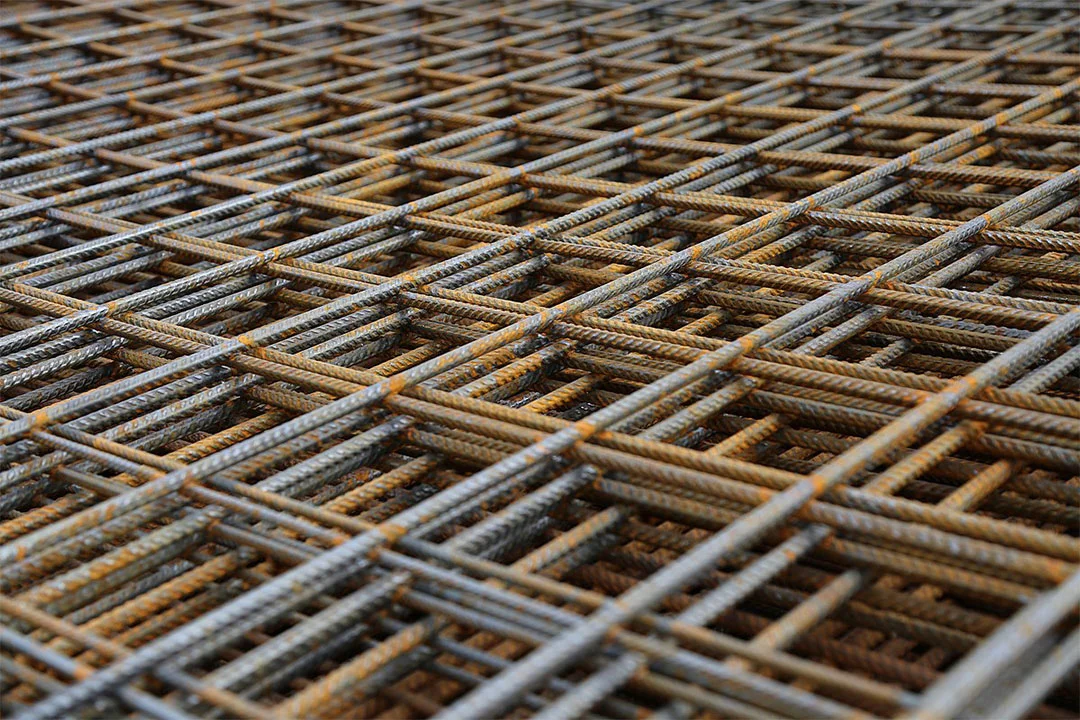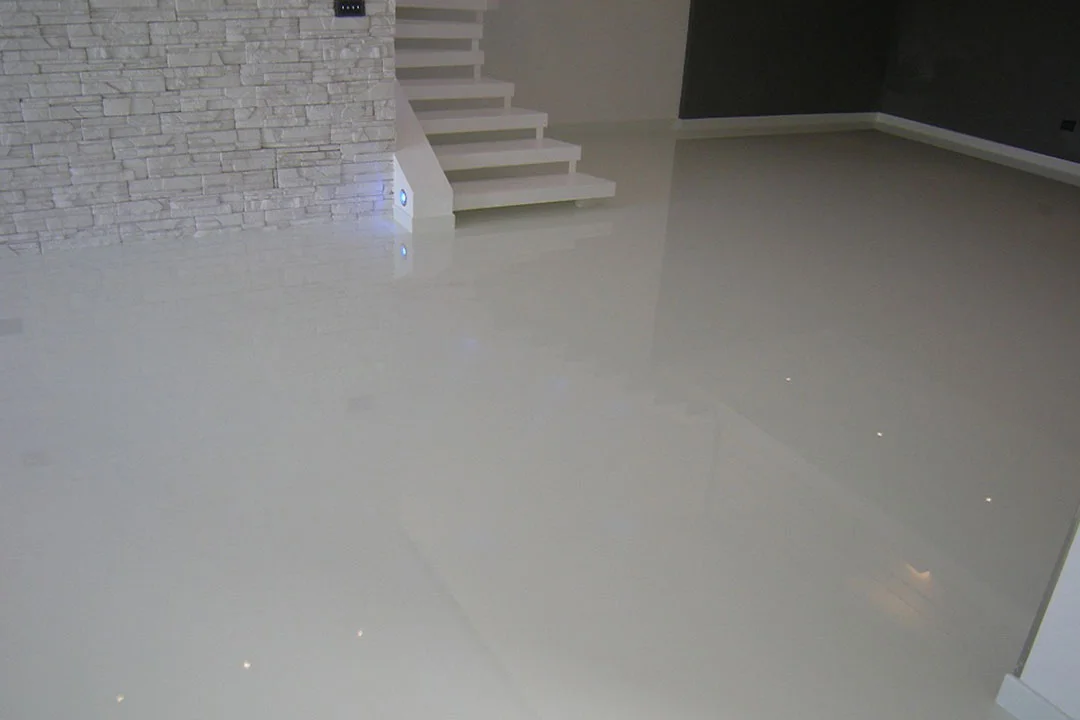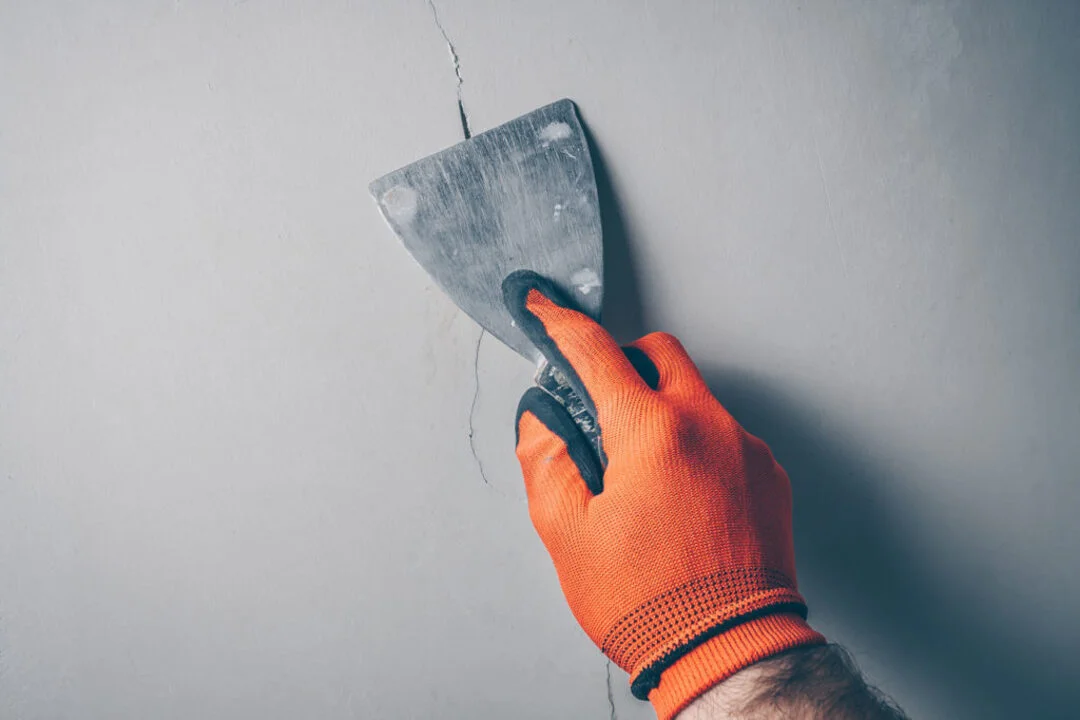Hairline cracks in concrete are difficult to repair. All concrete structures are prone to cracking over time. Well-made concrete structures should not rapidly develop structural cracks. However, hairline cracks are expected. Don't be nervous, these cracks are not a sign of poor quality and can be easily repaired.
What causes cracks in concrete?
Hairline cracks are usually caused by stress relief. Cracks can form when the resulting tensile stress exceeds the overall strength.
Most cracks in concrete surfaces form due to pressure and tension. However, hairline cracks also occur due to thermal contraction.
Since they should ideally appear close to the surface, reinforcing the concrete will not help stop them. Your only option for prevention is to use a good mix design with a low tendency to shrink.
However, you may have to deal with hairline cracks, especially if there is moisture around the structure. When exposed to water, concrete tends to absorb moisture and then dries repeatedly in the sun. Over time, these cycles of drying and wetting will cause its structure to crack.
Excessive heat can also cause cracks in the concrete. Often it is not the general resistance of the heat that damages the structure, but the total exposure time of the concrete.
While heating can cause damage, subsequent cooling also plays a vital role. As the structure cools, it contracts, which in turn leads to the formation of hairline cracks.
How to repair hairline cracks in concrete?
Repairing hairline cracks in concrete structures involves filling the holes with a material that adheres well to the concrete, restoring its original appearance and preventing liquids from seeping into the structure and soiling the concrete.
- Cleaning the cracked surface and its interior: You must clean the crack properly to remove any dirt or stains from the area. It is best to remove any external material covering the surface before applying the filler material to achieve proper adhesion.
- Moistening the Crack: You must moisten the surface of the crack with water for at least 7 hours before applying the filler. This will help prevent the concrete from absorbing moisture from the applied filler. However, you need to make sure that the water does not pool or clog the surface of the crack. If this happens, the filler will dry out before the crack is properly sealed.
Prepare the sealant: The most common used to fill cracks in concrete It is Portland cement mixed with water. Add enough water to make a good mix. Remember that the ideal adhesive should have low surface tension and viscosity. These properties help the adhesive penetrate deep into cracks to fill them.
- Apply sealant to cracks: After properly moistening and cleaning the crack, apply the sealant. Our Lueste concrete experts recommend using a trowel or putty knife for best results.
It helps if you push the caulk into the crack as much as possible to make sure it fills the gap. Any excess material that has come loose can be smoothed and leveled to match the existing surface.
. - Concrete Crack Curing: The final step is to cure the concrete. Sealed cracks should dry for at least two hours and be covered with wood or plastic sheeting. The area should be covered for about five days. Every day you have to lift the lid and spray the surface with water.
Hairline cracks are not a big problem. It is something that can only be controlled and cannot be eliminated.
.
Precautions
Repairing hairline cracks in concrete slabs can be difficult for the homeowner because getting the cracks to disappear requires a lot of skill, patience, and an eye for color matching.
The simple definition of a hairline crack is a crack that has not yet fully opened. This means there is hardly any space to fill it except for low viscosity liquids.
Consult with a specialist
Do you want to know more about concrete? Contact Lueste today.
At Lueste, we have highly-skilled professionals ready to help you with all of your concrete-related issues. We can also provide you with high-quality concrete mixes for all types of construction projects.




